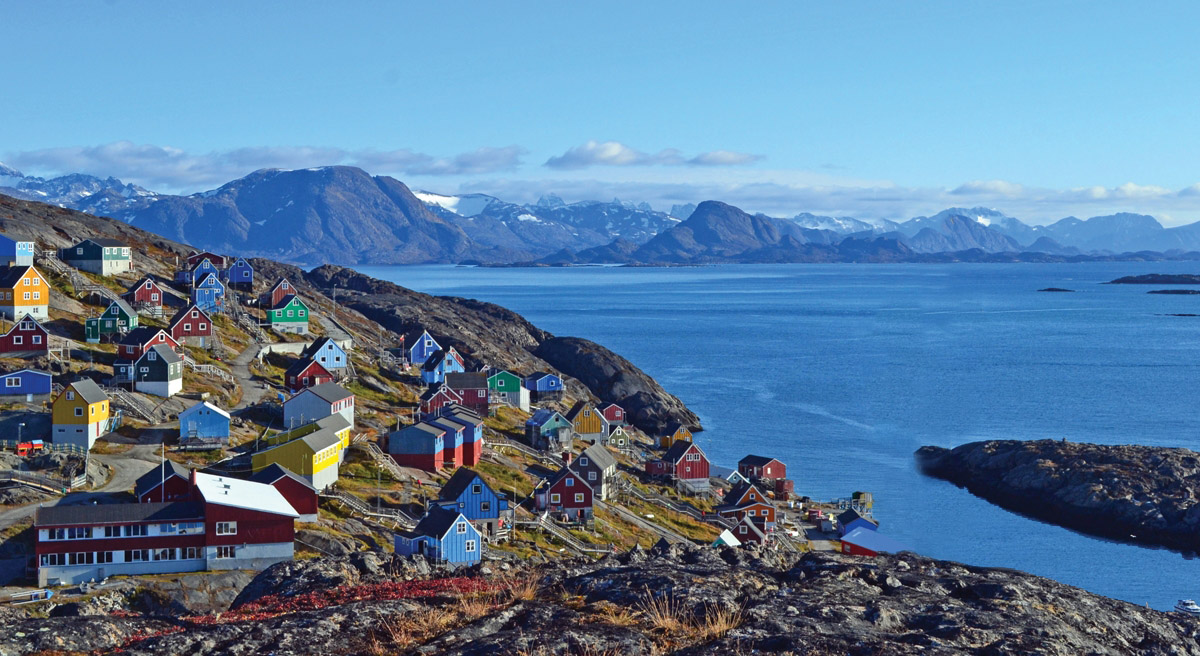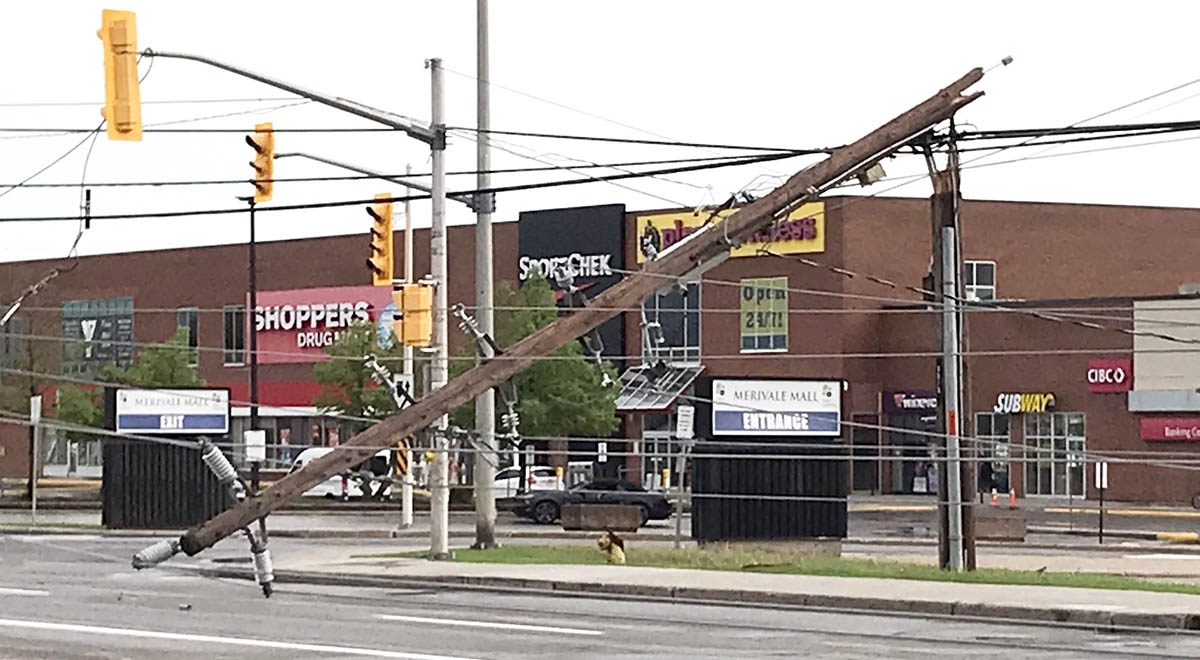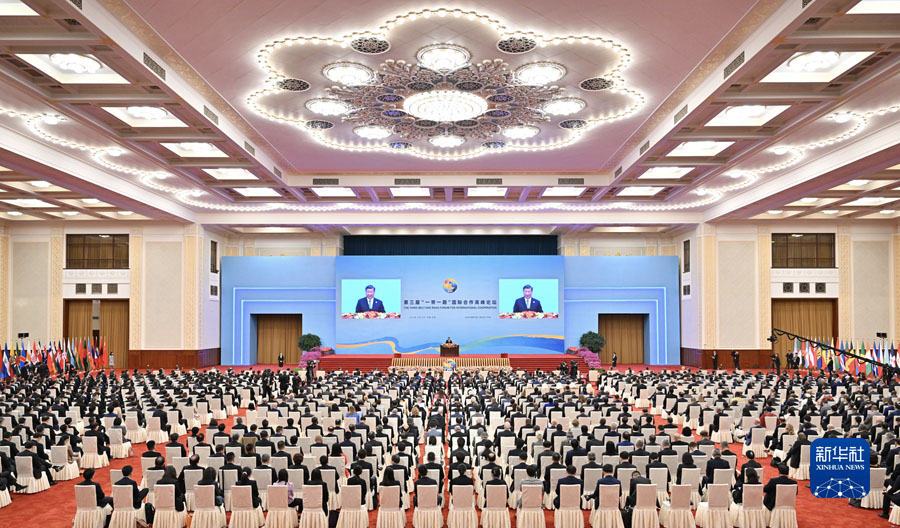
Northern Shield: Trump’s Arctic Gambit Requires a Sovereignty Alliance for Canada, Denmark, and Norway
“The United States is your friend—until you stop being useful.”
That was the blunt assessment offered by an unnamed diplomat, and it has never felt more relevant than it does today. Canada, Norway, and Denmark — long-standing NATO allies — are waking up to a harsh geopolitical reality: alliances are no longer permanent, but transactional, dictated by shifting self-interest.
And this realization did not come through quiet reflection. It came through insult, dismissal, and pressure.
A Wake-Up Call We Can’t Ignore
Donald Trump has never been known for his subtlety. But his recent remarks about Canada—calling it a “loser country” and “a glorified 51st state”— cut deeper than his usual theatrics. Canadians laughed, scoffed, and shared memes, but behind the humour, there was something new: anger, indignation, and a sobering wake-up call about Pax Americana.
Washington’s vision for Arctic dominance became chillingly clear in March when Trump openly declared his intent to take Greenland — whether by diplomacy or force.
“One way or the other, we’re going to get Greenland,” he said, sending shockwaves through diplomatic circles.
Denmark, long a trusted ally of both Canada and the United States, rebuked the idea with forceful diplomacy, reaffirming Greenland’s right to self-determination. But tensions escalated when U.S. Vice President J.D. Vance made an uninvited visit, accusing Denmark of “underinvesting in the people of Greenland.”
This wasn’t just reckless bravado — it was a test. A test to see how far the United States could push its Arctic ambitions without consequence.
And Canada, Norway, and Denmark, long seen as secondary players in Arctic sovereignty, were watching closely.
Canada Steps Up: Sovereignty Isn’t Granted—It’s Protected
Prime Minister Mark Carney saw the writing on the wall—and he did not hesitate. On June 9, 2025, Carney announced a historic shift in Canada’s defense strategy: “Canada will achieve NATO’s two percent target this year, half a decade ahead of schedule.”
For the first time since the 1990s, Canada has committed to fully funding its defense commitments, adding $9 billion to its budget to modernize its Arctic fleet, reinforce military capabilities, and diversify strategic partnerships.
And this time, there is no smoke and mirrors, no creative accounting, no empty pledges—just hard commitments. Carney made that explicit: “None of the new spending announced Monday would be ‘creative accounting’ meant to impress NATO accountants.”
What does this mean for Canada? Everything.
For decades, Canada’s military posture has been reactive, not proactive. We have relied on the United States to take the lead, defend our interests, and fight our battles.
Now, Carney is making one thing unmistakably clear: “We are over-reliant on the U.S. for defense, and we must diversify both our military partnerships and industrial supply chains.”
What’s Changing—and Why It Matters
Canada’s new defense doctrine is not just about meeting targets — it’s about fundamentally transforming how we protect our sovereignty.
Here’s what’s happening:
• $2.6 billion for recruitment and retention of military personnel
• $1 billion for boosting military capabilities
• $2.1 billion for industrial defense strategy, investing in Canadian steel and aluminum
• $2 billion to diversify defense partnerships, reducing reliance on U.S. suppliers
Perhaps most importantly, Canada’s Coast Guard will now be formally integrated into NATO operations — but without weaponization, ensuring that its mandate remains defense-driven, not aggressive.
“We will expand the reach, security mandate, and abilities of the Canadian Coast Guard and integrate it into our NATO defense capabilities to better secure our sovereignty,” Carney stated.
This comes as NATO Secretary-General Mark Rutte warns that alliance members must increase their air and missile defenses by 400 percent to counter Russia’s growing military presence in the Arctic.
Under Carney’s leadership, Canada is no longer waiting for Washington’s approval before acting.
The Northern Shield: A Path Canada Should Consider for Arctic Sovereignty.
What should come next?
Canada has a unique opportunity to take the lead on a new trilateral framework with Denmark and Norway — a Northern Shield Alliance designed to protect Arctic sovereignty independently of Washington’s shifting priorities.
This concept, which Canada should seriously explore, could focus on:
• Military interoperability: Joint Arctic training exercises, intelligence sharing, and synchronized patrols.
• Economic and environmental cooperation: Coordinated management of Arctic resources and infrastructure.
• Collective security: Forward-deployed naval assets, integrated early-warning systems, and unmanned Arctic monitoring technology.
Such an alliance would not replace existing NATO commitments but would serve as a distinct security framework, ensuring that Canada, Denmark, and Norway dictate their Arctic defense priorities — rather than being subjected to external pressures from larger powers.
Canada’s leadership in this effort would be logical and necessary, given its vast Arctic territory, experience in regional security, and strengthened defense posture under Carney’s new strategy.
The message? Sovereignty isn’t granted — it’s protected. And Canada must take proactive steps to secure it.
Can Canada Lead? The Answer Is Yes.
After Carney’s two percent defense commitment, Christyn Cianfarani, President of CADSI, emphasized the economic opportunity behind Canada’s defense expansion: “There is a very big economic boost that you can get, and perhaps Prime Minister Carney, being a businessperson, could see the connection between the two—that if you’re going to spend a lot of money trying to right the ship . . . then you want to do it in your own backyard.”
But she also issued a warning: “Will the machinery of the government underneath the prime minister be able to go from flash to bang and make this happen? And that is a real risk. They will need to dig deep. There will need to be very creative solutions.”
So, Let’s Get On with It.
Last week, after Carney’s announcement, U.S. Ambassador Pete Hoekstra stepped in to offer Washington’s seal of approval, calling it: “An important step toward strengthening the Alliance and reinforcing our shared security.”
That’s nice. But here’s the thing — Canada didn’t ask.
Most Canadians care about Hoekstra’s endorsement about as much as the U.S. cared about getting dominated by Team Canada in the hockey championship this winter.
This isn’t about earning diplomatic brownie points — it’s about protecting what’s ours, before Washington gets any more creative with its definition of “shared security” and starts treating Arctic sovereignty like a puck up for grabs in sudden death overtime.
Header image of Greenland by Isabel Payne









